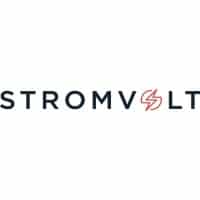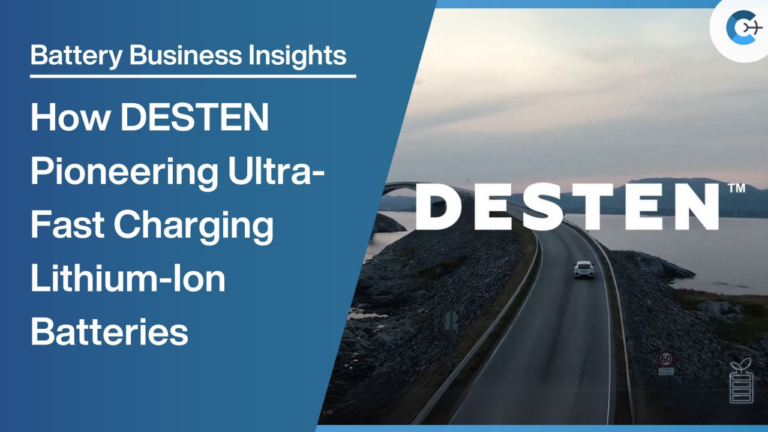Esso, a subsidiary of ExxonMobil, has received approval to explore for lithium in Germany’s Lower Saxony region. The State Office for Mining, Energy, and Geology (LBEG) has allocated four permit fields for lithium exploration, covering a total area of 1,443 square kilometers. These permits are valid for an initial period of five years starting January 1, 2025.
Before commencing exploration activities, Esso must obtain approval for operating plans under mining law, and the timeline for this approval is currently uncertain. The company aims to extract lithium for commercial purposes, although specific applications have not been detailed. Lithium is a crucial component in the production of batteries for electric vehicles (EVs) and electronic devices like smartphones.
“In order to phase out fossil fuels, we need alternatives,” said LBEG President Carsten Mühlenmeier. “Lithium is an important raw material for the production of high-performance batteries, for example, to store energy produced from renewable sources. It can be used in EVs and storage systems for photovoltaic energy. And the geological conditions in Northern Germany are good for extracting this raw material in a way that conserves resources and does not require a lot of land,” he continued.
If lithium deposits are confirmed, Esso plans to use borehole mining techniques. Similar to geothermal energy extraction, this method involves withdrawing liquids from depths of several thousand meters, isolating lithium-containing components, and returning the remaining fluids to their original underground layers.
The four approved areas are:
- Greetsiel IV: Extending from Emden to the outskirts of Norden, covering over 325 square kilometers
- Hengstlage: Spanning more than 429 square kilometers between Wardenburg and Wildeshausen
- Hemslingen: Covering just over 453 square kilometers from Rotenburg (Wümme) and Visselhövede to Schneverdingen
- Wolterdingen: Adjacent to Hemslingen, encompassing nearly 236 square kilometers and reaching Soltau and Bispingen
Moreover, according to the State Office for Mining, Energy and Geology in Lower Saxony, these areas are just the beginning of Esso’s ambitions. “The company has submitted 19 further applications for exploration licences in Lower Saxony to the LBEG, which will be decided on shortly,” the press release states.
Source: Electrive, Landesamt für Bergbau, Energie und Geologie (LBEG)
















